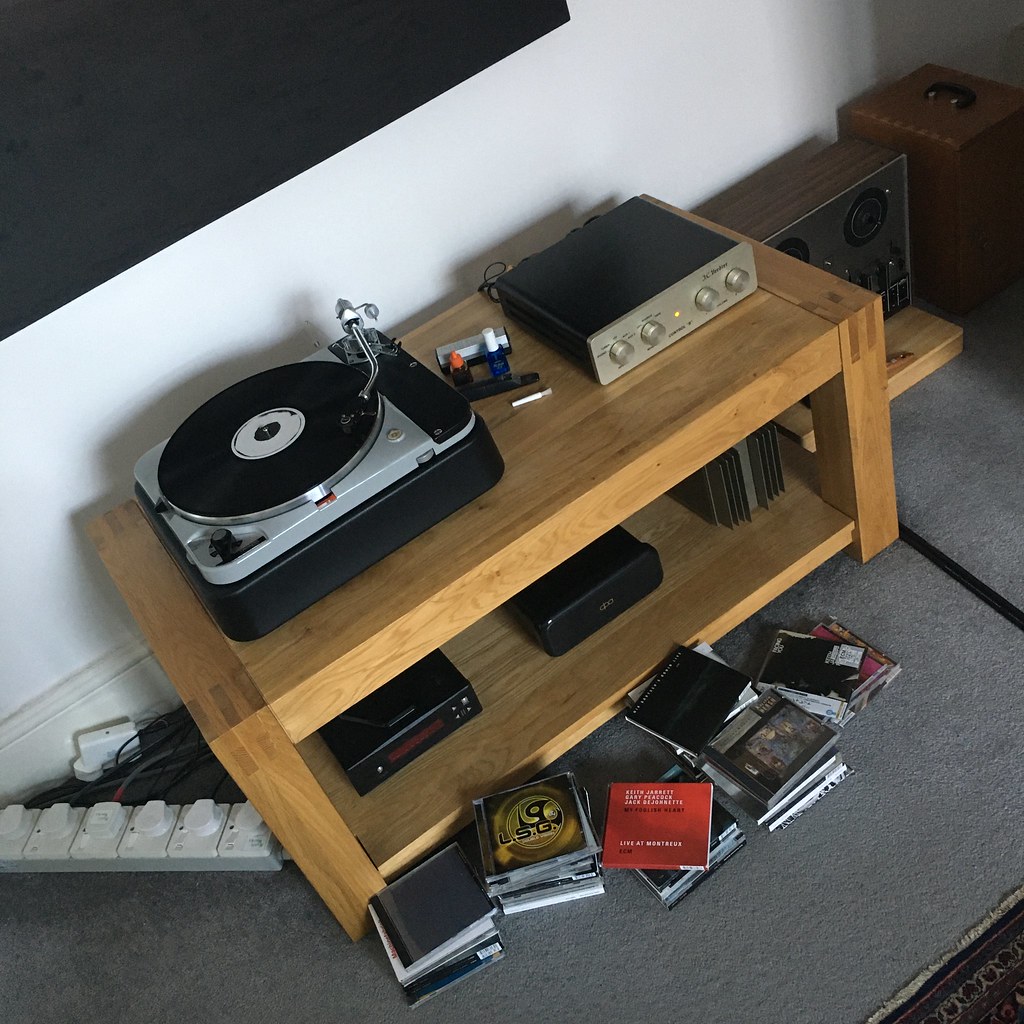spamnap
pfm Member
Hi,
Am looking for some advice re using a mains distribution block to switch my power amp on/off.
Am considering buying a used Linn Klout amp but I don't like the idea of leaving power on and the Klout power switch is on the back of the amp. Is anyone using a switched distribution block and is it safe to do so, meaning will I risk damaging the amp?
Thanks
Am looking for some advice re using a mains distribution block to switch my power amp on/off.
Am considering buying a used Linn Klout amp but I don't like the idea of leaving power on and the Klout power switch is on the back of the amp. Is anyone using a switched distribution block and is it safe to do so, meaning will I risk damaging the amp?
Thanks


